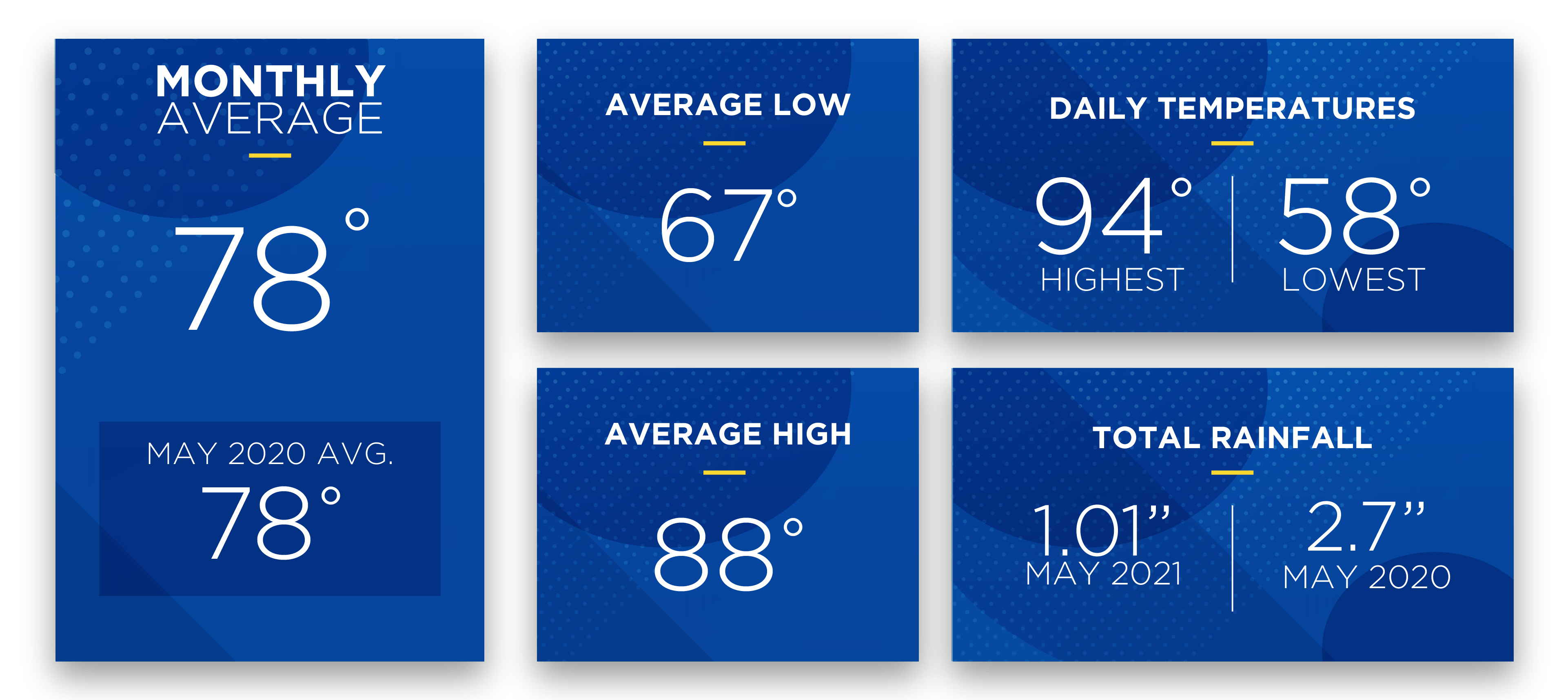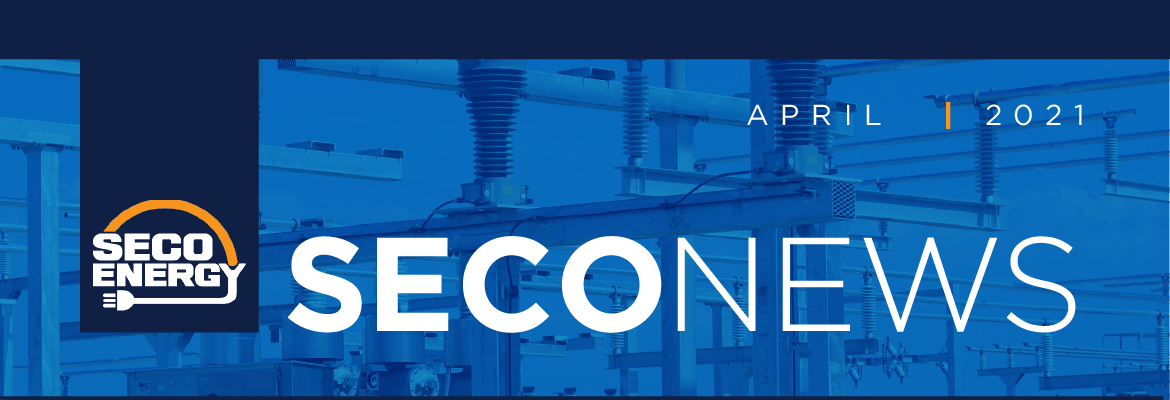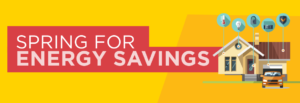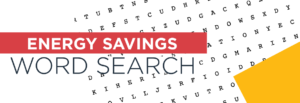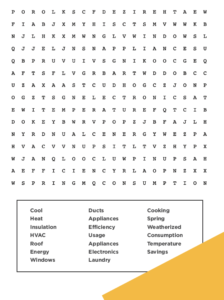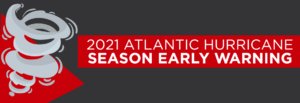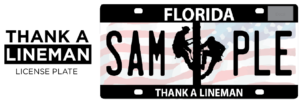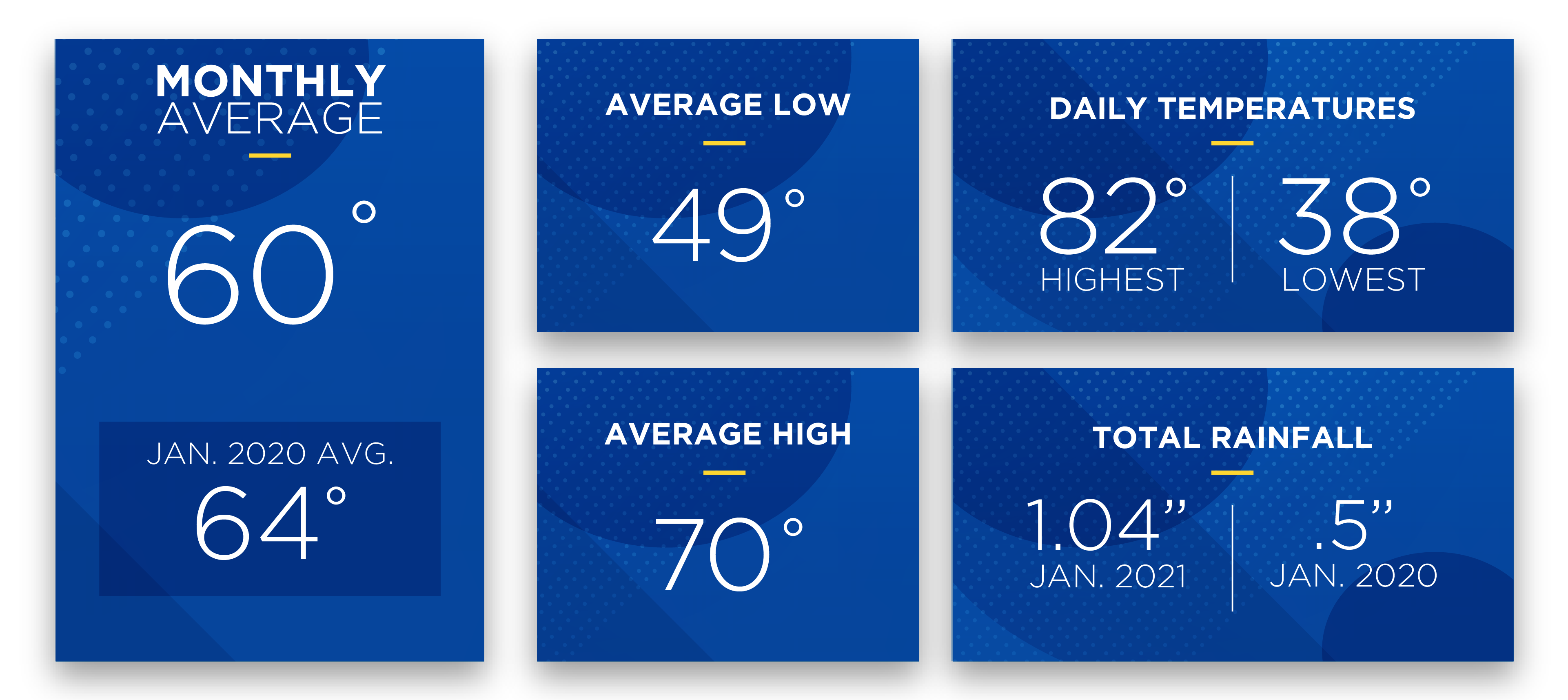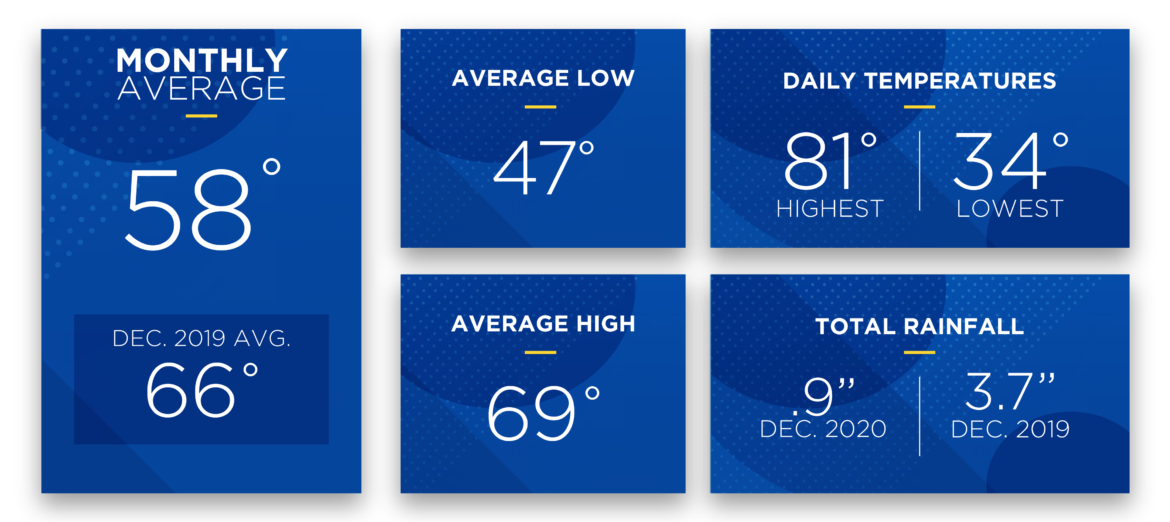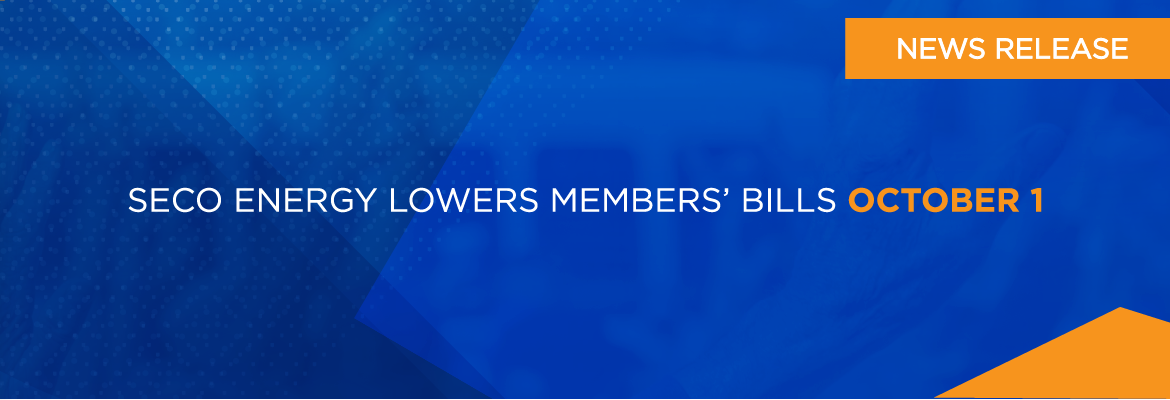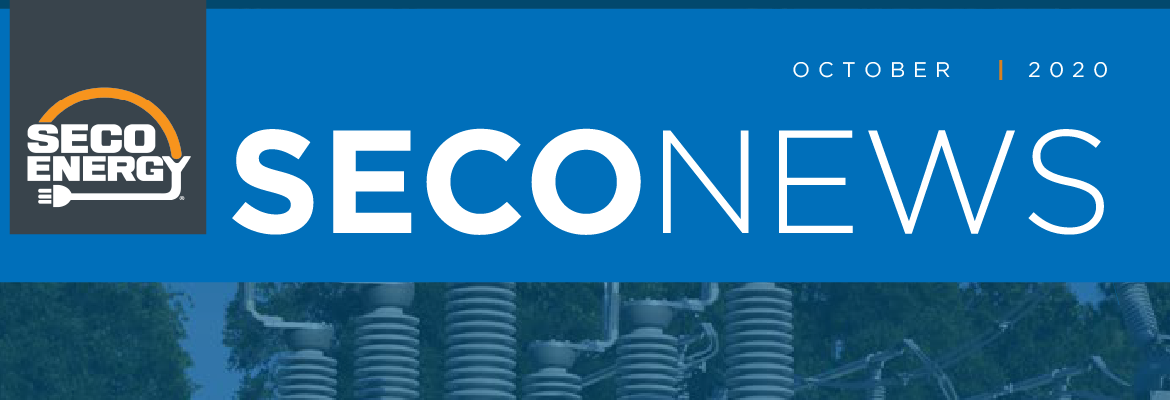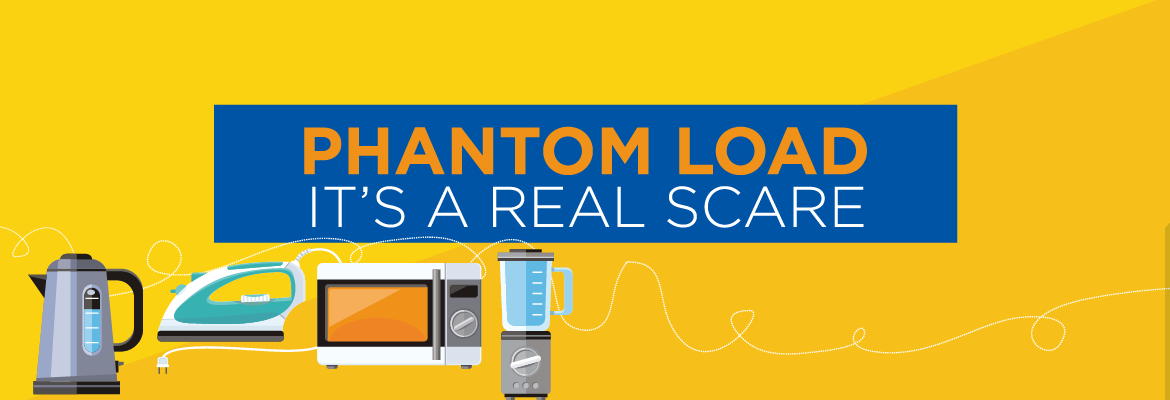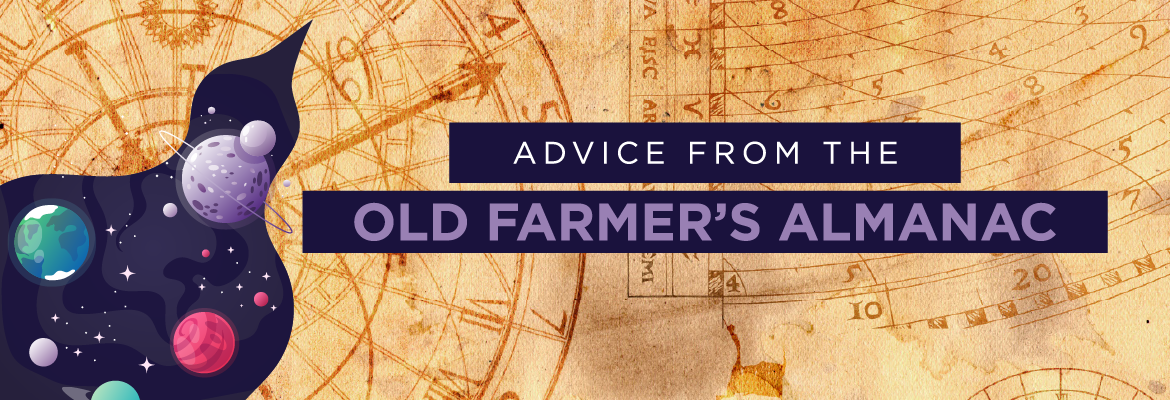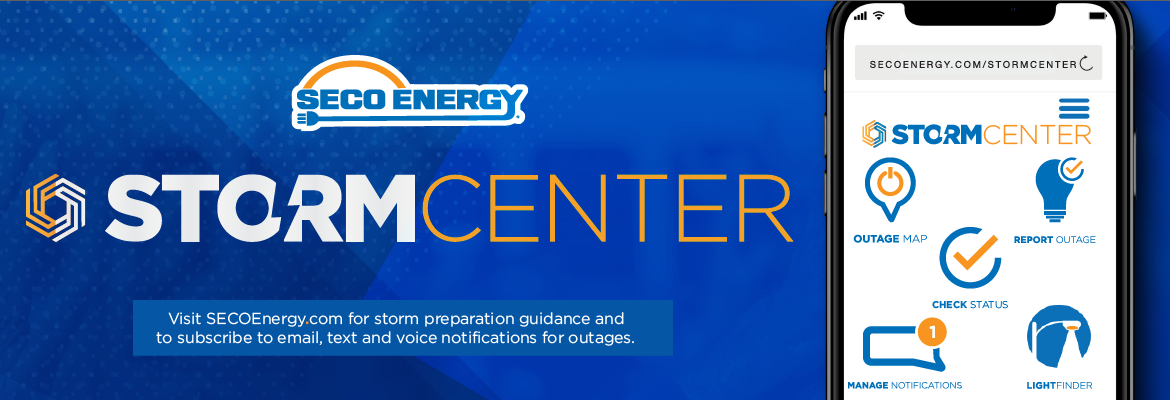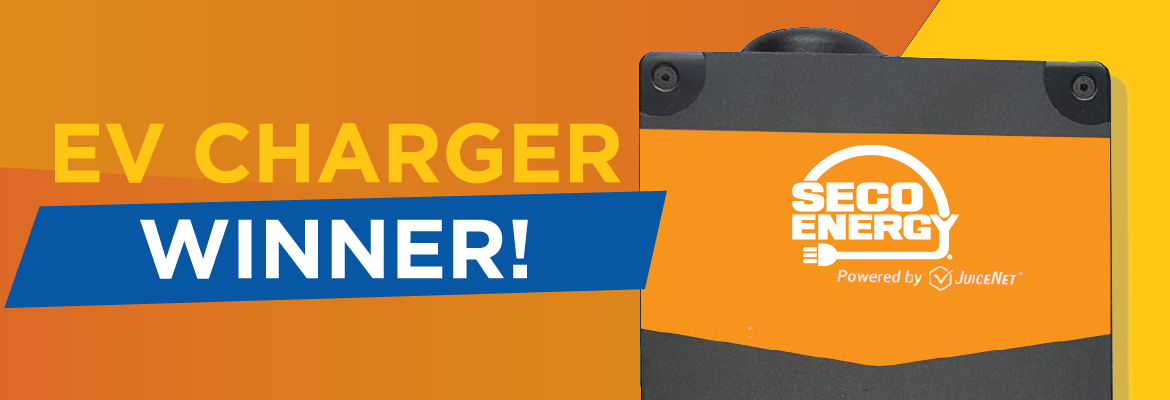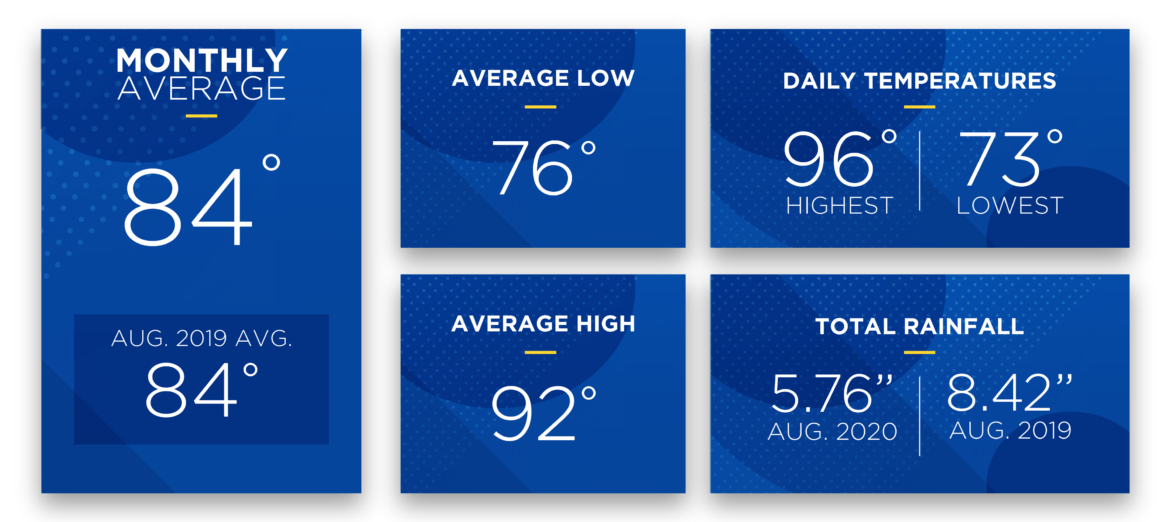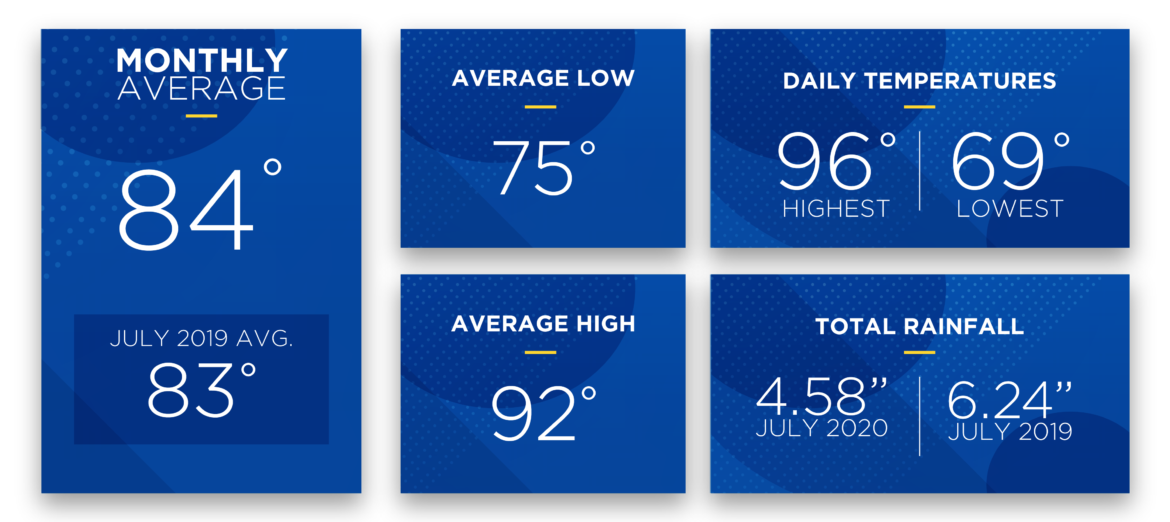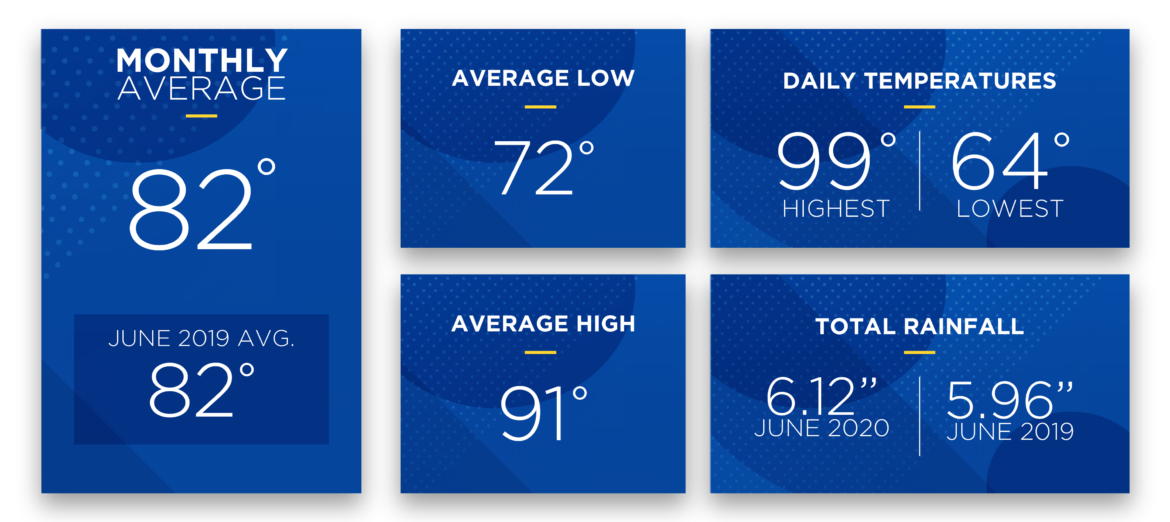Duncan’s Digest – StormReady: Hurricane Season Warning
The 2021 Atlantic hurricane season began June 1. SECO Energy uses a unique and well-tested response plan that stands ready when typical afternoon thunderstorms occur and when our service area is affected by tropical storms or hurricanes. SECO is StormReady, and I urge you and your family to prepare proactively for hurricane season.
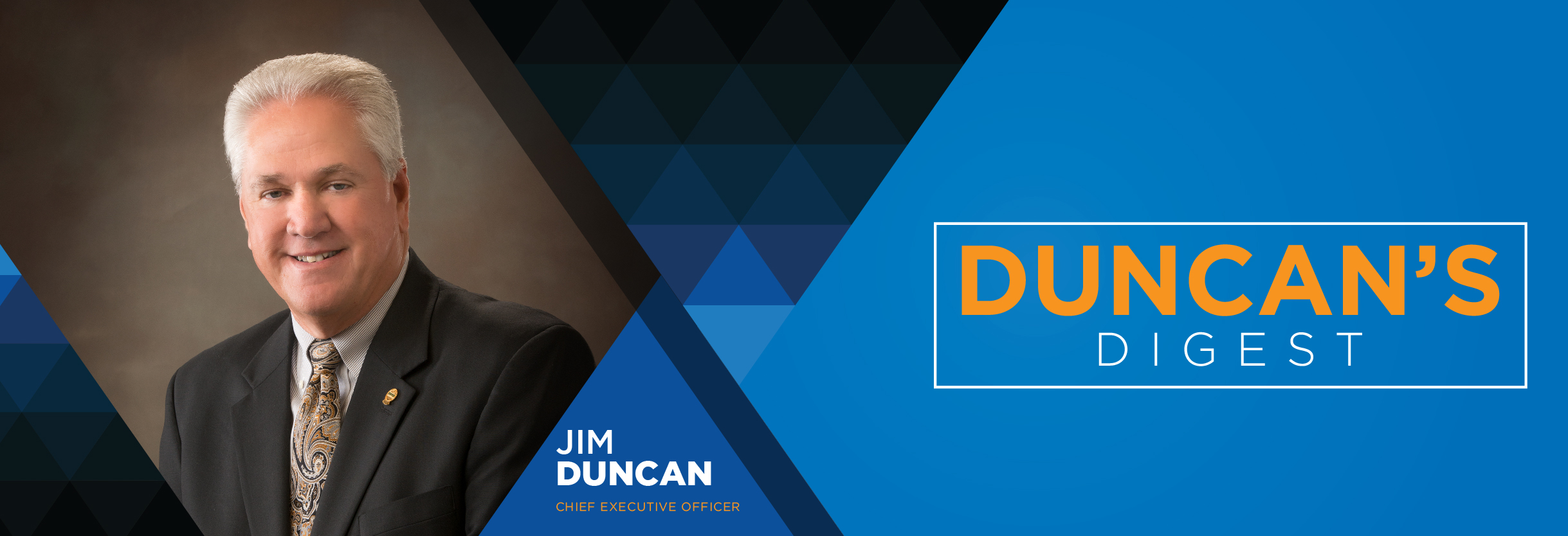
All signs point to the potential for a very active hurricane season this year. In April, The Department of Atmospheric Science at Colorado State University (CSU) published its Atlantic hurricane season forecast. CSU predicts that this year’s Atlantic hurricane season will have above-normal activity.
These experts predict there will be a total of seventeen named storms. Eight of these will develop into hurricanes and four of these will become major hurricanes (Category 3, 4 and 5).
Compared to the historical record between 1991 and 2020, the projections for this year are higher than average. During this period, the Atlantic hurricane season averaged fourteen named storms. Seven of these became hurricanes, with three developing into major hurricanes.
An above-average activity hurricane season was predicted for last year as well. The 2020 season broke records with thirty named storms. Frankly, we were extremely lucky that these storms veered away from Central Florida. Tropical Storm Eta in mid-November was the only named storm that directly affected SECO’s service area last year.
One tropical storm or hurricane spinning through our service area is all it takes to make this a memorable season for SECO Energy members and employees. Part of storm readiness is our commitment to storm hardening our electrical system – valued at about $1 billion. Annually, we replace aging distribution poles and install concrete transmission poles to replace older wooden poles. Our robust vegetation management program also plays a key storm readiness role with a goal of trimming vegetation back from the entire 12,000 miles of overhead line systemwide every five years.
If you or a family member rely on life-sustaining medical equipment and cannot be without power for an extended time, your home should have a secondary backup power source available. You may need to relocate to a shelter to wait out the storm in the event of an outage. As a start, register with the Florida Special Needs Registry at FloridaDisaster.org that provides local first responders with information about your needs.
SECO’s StormReady approach also includes our online StormCenter outage map and communications platform that is available 24/7 on your smartphone or tablet. Report an outage, view the outage map, check the status of a current outage and report an area light malfunction.
Enroll or update your outage notifications through StormCenter today. We’ll send you an email, text, voice message or all three when the system detects an outage affecting your service. You’ll receive a follow-up communication when the outage is restored. Visit StormCenter and click on the Manage Notifications tab.
It is critical to prepare before a storm arrives. Gather your emergency supplies early using this month’s Word Search on page 5. Supplies sell out quickly when a storm is approaching. Prepare your home in advance and make an emergency plan with your family.
Sincerely,
Jim Duncan
Chief Executive Officer

Advice from The Old Farmer’s Almanac
Plan your summer fishing trips with The Old Farmer’s Almanac’s best fishing days. The sun, moon, tides and weather all affect fish activity. The best time of day to fish is when they are most active – fish often feed more in the early morning and late evening. It is believed that fish feed more during a full moon as well. This summer’s best fishing dates are June 10 – 24, July 9 – 23, August 8 – 22 and September 6 – 20. Read this month’s Florida Fauna & Flora to learn more about the sailfish, Florida’s state saltwater fish.

Safety Corner – Vehicle Accidents and Utility Lines
A report by the National Safety Council (NSC) finds that over 42,000 people died in vehicle crashes in 2020. This statistic is an increase of 8% from 2019. Most alarming is the number of miles driven last year was much lower than the year before.
In SECO Energy’s service area, 91 separate vehicle crashes occurred that involved utility poles or other infrastructure in 2020. These crashes alone interrupted electric service to over 31,000 accounts.
Accidents involving downed power lines are extremely dangerous. Always assumed downed lines are energized and dangerous – and can kill. Stay in the vehicle if possible. Inform the 911 dispatcher that power lines are down near the crash site.
If you smell smoke or the vehicle catches fire, follow these steps to safety:
• Open the vehicle door but do not touch exterior metal that may be energized.
• Jump clear of the vehicle, landing with both feet on the ground at the same time.
• Again, do not touch the metal on the vehicle while touching the ground.
• Walk in a shuffling motion or bunny hop to safety.
If you witness an accident involving downed lines near or on the vehicle, stay away from the car and its occupants and call 911 immediately. Try your best to get the occupants’ attention and warn them to stay in the car if safe to do so.
Share this information with your family – especially younger drivers. For more tips on how to be safe around electricity, visit our Electrical Safety section on our website.
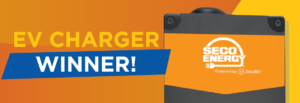
EV Charger Winner
Paula Stewart from Tavares is the latest winner of a SECO Energy branded JuiceBox Pro 40 EV Level 2 charger. We’re giving one charger away each month while supplies last. To enter, text “EV” to (352) 320-4500 for a link to enter. Or click on the EV Charger Giveaway homepage banner.
Learn more about the benefits of electric vehicle ownership on our EV website pages. You’ll find an EV savings calculator, information about CO2 reduction, an EV and PHEV model finder and a nationwide charger-finder map. Visit our Electric Vehicles website section for more details.
Watch SECO News for next month’s charger winner.

2021 SECO Energy Youth Scholarship Awardees
For decades, SECO Energy has awarded scholarships annually to deserving high school seniors who live in a home served by SECO. Over the years, we have provided over $500,000 in scholarship funds to over 300 students to help fulfill their dreams.
This year, we awarded nine students interested in a career in the energy industry and planning to attend a Florida college, university or vocational/trade school.
Join us in congratulating our 2021 SECO Energy Scholarship awardees:
LEIGHTON LEE BAKER
Eustis High School: Plans to attend Lake-Sumter State College and study electrical engineering. Leighton took part in the Eustis High School swim team, robotics and debate club.
LANDEN CARTER
The Villages Charter High School: Seeks an AAS degree in electrical distribution technology from Lake-Sumter State College. Landen played baseball and enjoys hunting, fishing and spending time with family.
AUSTON CHISENHALL
South Lake High School: Plans to attend Lake-Sumter State College and study business. Auston likes to fish, and while in school, participated in baseball and business classes.
ASHLEY DELEZENNE
The Villages Charter High School: Majoring in finance at Stetson University. Ashley is a member of the National Honor Society and spends time tutoring and volunteering at sporting events.
SHANIA DELPINO-LITTLE
The Villages Charter High School: Will attend the University of South Florida and major in accounting. Shania served as Secretary of the Science National Honor Society Club, the Vice President of the Student Activities Club and is a member of the National Honor Society.
SEBASTIAN LOAIZA
Belleview High School: Will major in computer science at the University of South Florida. Sebastian plays soccer and is a member of the Interact Club and the Robotics Automation Design (RAD) Club.
MICHAEL M. MARVIN, JR.
The Villages Charter High School: Plans to complete the electrical lineman program at Northwest Lineman College. Michael attended advanced placement courses in high school and enjoys football and weightlifting.
BRENDAN SIMONS
The Villages Charter High School: Is attending Florida Atlantic University to major in business. Brendan played baseball and participated in the Engineering Club and Rho Khappa.
COLIN B. SORENSON
South Lake High School: Is majoring in biological sciences at Florida State University. While in high school, Colin played baseball, basketball and is a member of Business Professionals of America.
Good luck, students, in reaching your education and future career goals!

Emergency Supplies Word Search
SECO Energy is StormReady and stands prepared for the 2021 Atlantic hurricane season. Gather the list of emergency supplies below. Have enough on hand for each person for at least three days.


Connect with Electra
We invite you to connect with our virtual assistant Electra through our easy-to-use interactive voice response phone system.
Electra can assist thousands of members at the same time. Without waiting for a live agent, Electra can help you check your balance, find billing due date, disconnect service, report a power outage or service problem, check the status of a current outage or complete a payment arrangement.
To reach out to Electra, give her a call at (352) 793-3801. This number takes the place of any local numbers to Member Service Centers that were previously used.
If you request to speak to a live agent and call volume is high, Electra can save your place in line and arrange a callback during our regular business hours.
Read the Winners’ Circle article below for our latest winners.

Winners’ Circle
Four lucky winners who have completed a call with Electra won a $25 gift card. Congratulations, winners!
Carmen Linzey from Wildwood
Angela Medina from Ocala
Audrey Reed from Howey-in-the-Hills
Nola Jenzen from Lady Lake
Winners in our Go Green and Win: Paperless Billing and Bank Draft incentive.
Jade Greene from Tavares is the winner of a $200 SECO Energy bill credit.
Matthew Ketchum from Clermont is the winner of a NEST thermostat.
Judy Robertson from Lady Lake is the winner of an Amazon Echo Dot with Alexa.
Read Winners’ Circle next month for more winners.

Summer HVAC Check-Up
In Central Florida, the largest energy user in your home is the HVAC system. HVAC use accounts for about 35 to 40% of your energy use (energy.gov). Florida’s high humidity levels also make high temperatures feel hotter. Using a dehumidifier during the summer months and a humidifier in the colder months may increase your comfort level.
We recommend scheduling an HVAC check-up with a qualified technician annually. Preventative maintenance will help your unit to operate more efficiently. Yearly maintenance will also help you avoid unexpected and often costly repair bills. Change or check HVAC filters each month or as directed according to the manufacturer’s instructions.
Weather plays a significant role in your energy usage. Try the Home Energy Assessment for a complete online energy audit that is tailored to your home and lifestyle. Our Energy Estimator shows you the math behind your monthly kilowatt hour (kWh) usage. We publish a monthly weather blog called Sunshine State Stats on our website and social media. Find these tools and more energy-efficiency ideas on the Energy Solutions section of our website.
Read the full June 2021 SECO News online.




